.
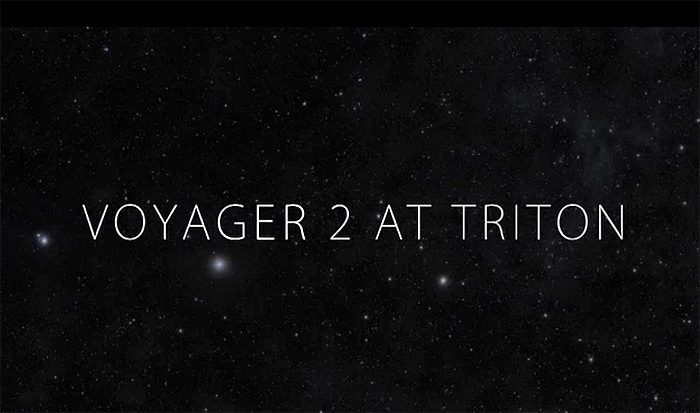
Call it a cosmic coincidence. On its quest to reach Pluto, NASA’s New Horizons spacecraft is crossing Neptune’s orbit today, Aug. 25 -- the same day that the Voyager 2 spacecraft visited the giant icy planet in 1989.
In honor of Voyager 2’s encounter with Neptune, Paul Schenk at the Lunar and Planetary Institute in Houston has "restored" the images that the spacecraft took of Neptune’s moon Triton, and used them to create the best map yet of the far-off satellite. That map was then used to create stunning video of its surface -- one where the northern hemisphere remains shrouded in darkness, as the spacecraft flew by too quickly for slow-rotating Triton.
The New Horizons spacecraft, launched in 2006 to study the demoted dwarf planet, is now nearly 2.75 billion miles away from Earth and 2.48 billion miles away from Neptune, which is elsewhere in its orbit at the moment. Neptune's orbit may seem like little more than a mile-marker on the way to Pluto, but there are good reasons beyond timing to take a fresh look at the quarter-century-old Triton footage.
Though Triton is a moon and Pluto is a dwarf planet, the pair may share common origins. In Greek mythology, Triton was the son of the sea god Poseidon, known as Neptune by the Romans. But unlike Earth’s moon, Triton is not thought to have been born of its parent planet.
Scientists think both Pluto and Triton came from the Kuiper belt, a thick ring of icy debris that extends from Neptune’s orbit to far beyond. At some point in its history, Neptune’s gravity snagged the strange rocky body, and Triton was officially adopted. (Pluto, on the other hand, has gathered moons of its own.)
Triton and Pluto may have grown up in the same neighborhood, but they’ve had very different life histories since then. Though it’s bitterly cold in the outer solar system, volcanoes and fractures on Triton's surface reveal that the moon’s insides could have been heated by tidal forces (rather like Jupiter’s moon Io). With atmospheric plumes that can reach 5 miles high, it’s one of the known active bodies in the outer solar system, a club that includes volcanic Io and Saturn’s squirty moon Enceladus.
In spite of all these differences, Triton and Pluto are about the same size (Triton is slightly larger), have similar densities and chemical compositions. Both also have carbon monoxide, methane and nitrogen frozen to their surfaces.
Scientists will get a better look at the similarities and differences between these siblings within a year: New Horizons is slated to arrive at Pluto on July 14, 2015.
Quelle: Los Angeles Times
.
Frams: NASA-Video
.
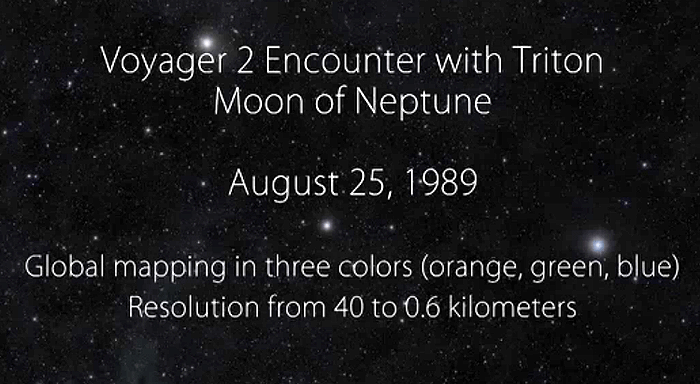
.
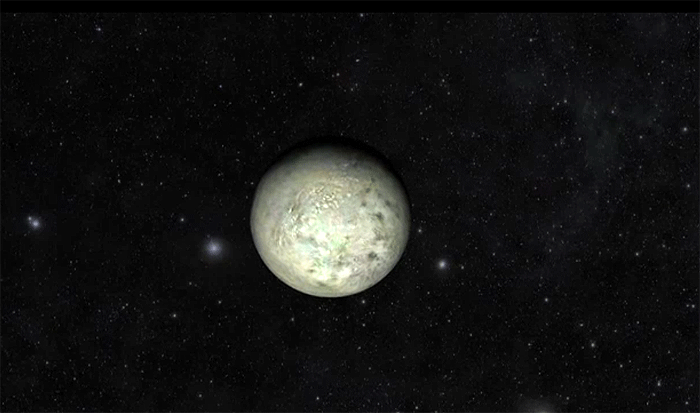
.
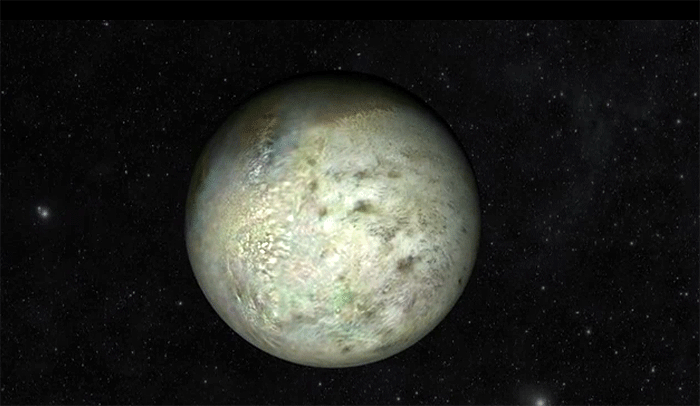
.
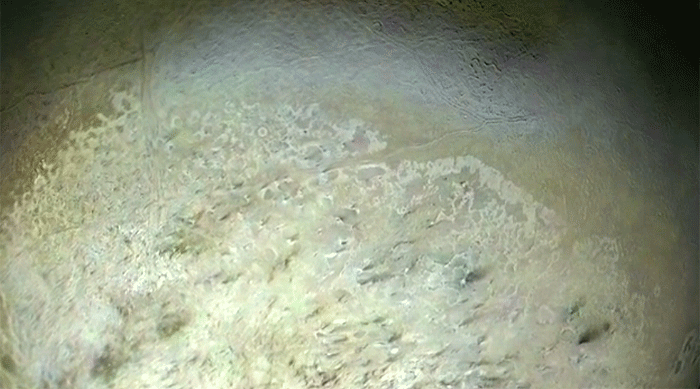
.
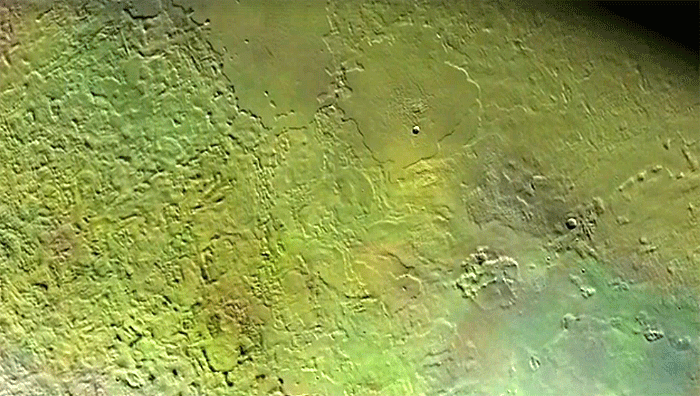
.
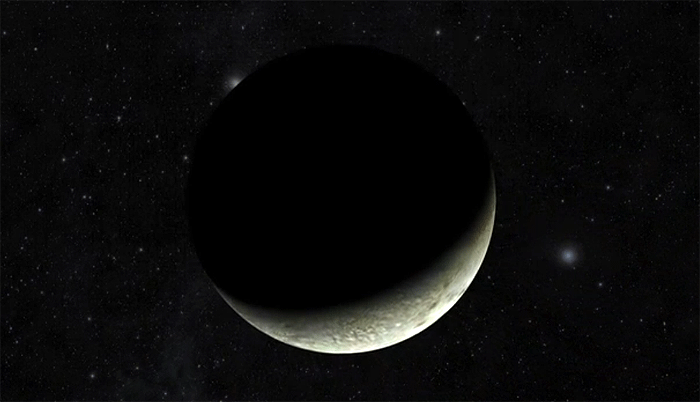
5187 Views
